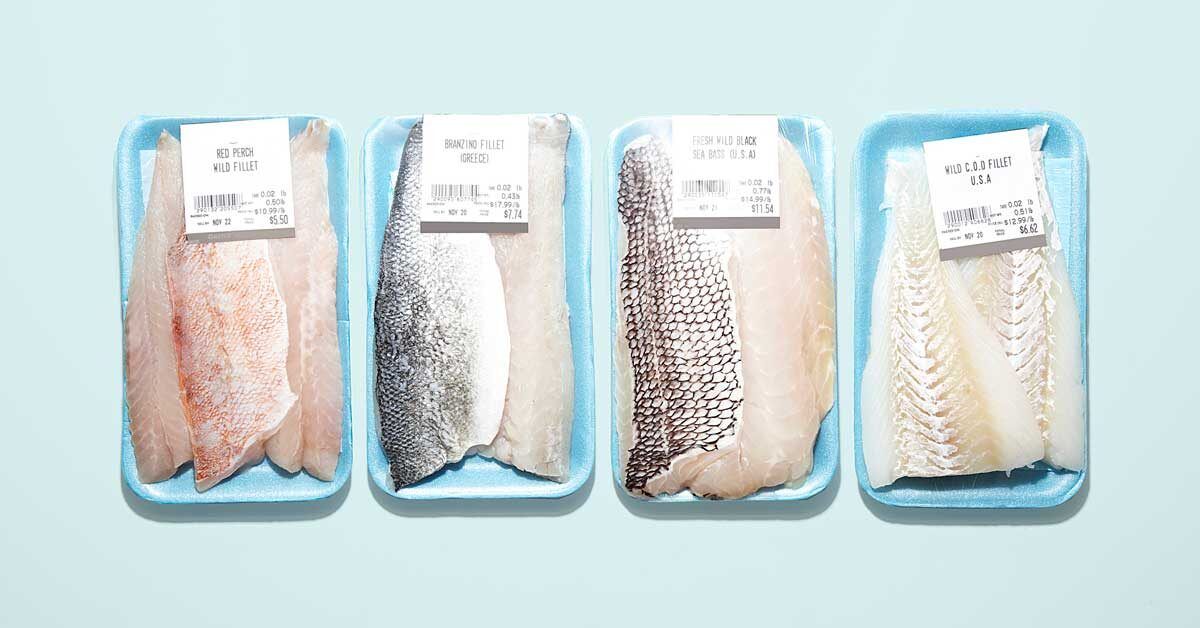Triglycerides are a type of fat found in the blood. Certain health conditions, medicines, lifestyle habits, and genetics are possible causes of high blood triglycerides.
High levels of triglycerides can be a risk factor for various health conditions. Food choices are one of many factors that can impact triglyceride levels. Doctors may advise a person to change their diet in order to help lower their triglyceride levels. A diet high in saturated fats, added sugars, excessive alcohol, and refined carbohydrates can increase a person’s triglyceride levels.
This article looks at what triglycerides are, healthy levels of triglycerides, foods that can lower triglycerides, and types of diets to lower triglycerides. It also outlines a 7-day meal plan to help lower triglycerides and looks at other ways to lower them.
Triglycerides are a lipid, or type of fat, in the body. The body stores most of its fat as triglycerides, making it the most common type of fat. A doctor can measure levels of triglycerides with a blood test.
Triglycerides travel through the blood in round particles called lipoproteins. People can consume triglycerides directly through foods that contain fat, such as oil and butter. Additionally, when people consume more calories than they need from other foods, such as carbohydrates, the excess energy is converted to and stored as triglycerides.
Triglycerides are one of the main sources of energy in the body. But high levels of triglycerides in the blood may increase a person’s risk for:
According to the
A doctor may diagnose someone with high triglycerides (also known as hypertriglyceridemia) if their fasting blood triglyceride levels are consistently
According to a 2011 fact sheet from the American Heart Association (AHA), people should focus on eating the below foods to help manage their triglyceride levels:
- oily fish, like sardines and salmon
- all vegetables, especially leafy greens, green beans, and butternut squash
- all fruits, especially citrus fruits, and berries
- low fat or fat-free dairy products, such as cheese, yogurt, and milk
- high-fiber whole grains, such as quinoa, barley, and brown rice
- beans, nuts, and seeds, which contain fiber and unsaturated, healthy fats
The AHA also advises people to:
- limit alcohol consumption
- limit added sugars to no more than 10% of their total daily calories
- keep carbohydrates to 50–60% or fewer of their total daily calories
- limit dietary fat to 25–35% of their total daily calories
- choose unsaturated fats from plant oils, nuts, and seeds over saturated and trans fats found in animal products and processed foods
A person can make changes to their diet to reduce their levels of triglycerides. These changes may include:
Low carbohydrate diet
People whose daily calorie allowance regularly contains more than 60% carbohydrates are at higher risk of having high triglycerides, especially if those carbohydrates come primarily from refined grains. If a person eats more calories from carbohydrates than they require, their body will store the excess carbohydrates as fat.
A person looking to reduce triglycerides should avoid refined carbohydrates, such as baked goods, and try to eat more unrefined high-fiber carbs, such as vegetables, beans, and whole grains. Try to replace high-sugar products with fruits such as berries, which can help reduce sugar cravings.
High-fiber diet
If a person increases their dietary fiber intake, they can slow the absorption of fat and sugar in the small intestine. This
A person can consume more fiber by eating foods such as whole grains, nuts, seeds, vegetables, legumes, cereals, and fruits.
Oily fish
Oily fish contain a heart-healthy type of fat called omega-3 fatty acids. These are essential polyunsaturated fatty acids that the body cannot make, so must be consumed through diet.
According to the AHA, a person should eat two servings of oily fish a week to reduce their risk for heart disease and stroke.
Vegetarian diet
Research has found that a vegetarian diet can help reduce levels of total cholesterol, low-density lipoprotein (LDL) cholesterol, and high-density lipoprotein (HDL) cholesterol. But reviews of studies published in 2015,
Although some research indicates possible health benefits from a vegetarian diet, this does not mean all vegetarian diets are healthy. A well-planned, nutritious diet –– vegetarian or otherwise –– plays a role in maintaining a healthy body.
Here is an example of a meal plan to help reduce triglycerides. It is important to note that this is only an example of what someone might eat, as everyone’s nutritional and calorie needs are different.
Day one
- Breakfast: Old fashioned oats with low fat milk or plant milk, topped with berries and seeds.
- Lunch: Vegetable and lentil soup with whole grain crackers.
- Dinner: Tofu and butternut squash curry with cauliflower rice.
- Snack: A banana and almonds.
Day two
- Breakfast: Salmon, whole grain rye bread, and a poached egg.
- Lunch: Sardines in a whole grain wrap with a garden side salad and oil-based dressing.
- Dinner: Chicken and vegetable stir-fry with brown rice.
- Snack: A boiled egg and fresh fruit.
Day three
- Breakfast: Buckwheat pancakes with low fat yogurt and berries.
- Lunch: A spinach, avocado, and tomato salad with black beans and quinoa.
- Dinner: Vegetable and bean chili with a side of kale.
- Snack: Celery sticks and almond butter.
Day four
- Breakfast: Whole grain cereal with low fat or plant milk and fresh fruit.
- Lunch: Barley wrap with tuna, lettuce, and tomatoes.
- Dinner: Grilled salmon or mackerel with steamed vegetables and brown rice.
- Snack: Walnuts.
Day five
- Breakfast: Poached eggs on whole grain toast.
- Lunch: A tuna or chicken sandwich made with whole grain bread, hummus, and a garden side salad.
- Dinner: Grilled steak with steamed vegetables and mashed sweet potato.
- Snack: Fruit salad and low fat Greek yogurt.
Day six
- Breakfast: Whole grain toast with avocado and a hard-boiled egg or smoked salmon.
- Lunch: Chickpeas and quinoa over green salad.
- Dinner: Barley, vegetable, and chicken soup with whole grain crackers.
- Snack: A homemade smoothie made with low fat Greek yogurt and berries.
Day seven
- Breakfast: Rolled oats with low fat or plant milk, topped with fresh fruit.
- Lunch: Sardine salad served on a whole grain bread roll, with a garden side salad.
- Dinner: Whole grain pasta with a tomato-based sauce and drained red kidney beans, and a garden side salad.
- Snack: Strawberries.
In addition to modifying their diet, a person can also do the following:
Exercise
Research from 2014 suggests that regular aerobic exercise
The U.S. Department of Health and Human Services’ physical activity guidelines recommend that a person get at least
A 2019 study showed that people with heart disease who exercised for
Supplements
Various supplements may help lower triglycerides. A person should discuss supplement use with their doctor to avoid interactions with other medications. As supplements and vitamins are
The following supplements may impact triglyceride levels:
- Curcumin. A
2017 review found that curcumin supplements may cause a significant decrease in triglyceride and bad cholesterol, or LDL. - Fish oil. These supplements are rich in omega-3 fatty acids, which
studies have found reduce triglycerides and other heart disease risk factors. - Fenugreek.
Research from 2014 suggests that fenugreek seeds may help reduce blood triglycerides. - Guggul.
One animal study suggests this herbal supplement could be as effective as prescription medication at reducing triglyceride levels. - Garlic extract. Various
animal studies have found garlic extract may help reduce triglyceride levels because of its anti-inflammatory properties.
Triglycerides are a type of lipid, or fat, in the blood.
Low carbohydrate and high-fiber diets that include oily fish can help lower triglycerides. Other ways to lower triglycerides include limiting added sugar intake, limiting alcohol, keeping carbohydrates to 50–60% or fewer of total daily calories, and limiting intake of saturated and trans fat. Regular exercise and certain supplements may also help control triglyceride levels.




:max_bytes(150000):strip_icc()/ChickenBreast-7c055ca42ace4670867b52b9ab642824.jpg)






